Nissan collapse: Real reason car giant is going broke
Nissan having a year to survive isn’t because its biggest investor just bailed out. The real reason can be found here in Australia.
Motoring News
Don't miss out on the headlines from Motoring News. Followed categories will be added to My News.
COMMENT: News of Nissan’s precarious state is no surprise.
While the brand earned plenty of (unwanted) attention this week following a Financial Times report that the company is on the brink of collapse, this has been building for years.
Remember when Mitsubishi’s Australian boss said there would be a “bloodbath” in the car industry? When Citroen pulled the plug on its Australian operation?
When Zeekr, Xpeng, Leapmotor, Geely and Deepal announced plans to come to Australia?
That all happened this year.
The industry is changing rapidly, and car companies are struggling to keep up.
Especially Nissan.
EXPLAINER:Why Nissan has just ‘12 months to survive’
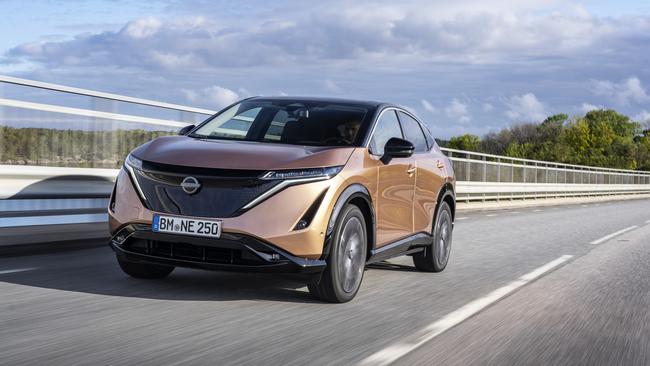
MORE:China EV ‘bloodbath’ to hit Australia
The brand hosted motoring media, myself included, on a trip to Tokyo in 2019 where we saw and drove future models including its answer to the Tesla Model Y.
That car is called the Ariya. If you’re not sure how to pronounce that, ask a Nissan representative “Are ya ever gonna sell this car?” because we’re still waiting to see it in showrooms.
Effectively, the Ariya will be six years old when it attempts to compete with fresher models likely to be sold for lower prices. Until then, you can make do with a Nissan Leaf that looks like a rollerskate and offers just 270km of driving range. Please don’t.
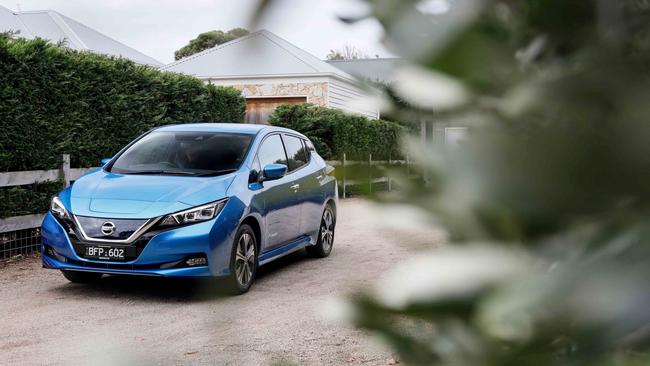
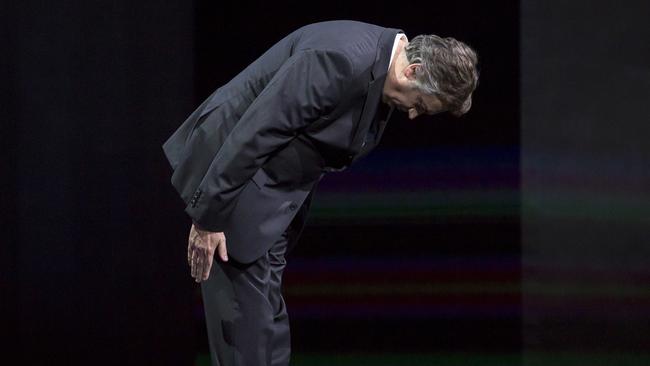
MORE:Kochie’s dire warning on Chinese EVs
Consider other elements of the Nissan showroom. It starts with the little Juke SUV that starts from about $32,000 drive-away, and delivers what colleagues described as “jerky and hesitant” driving experience.
When I said it had “noticeable lag” and “can be slow-witted, deliberating when it should be decisive”, Nissan gaslit us and argued the toss rather than listening to feedback.
But when motoring media said China’s BYD Sealion 6 had rough suspension, engineers rushed to work on a fix to make it more comfortable. The same is true of Tesla’s China-built Model Y.
Sure, the X-Trail and Qashqai e-power hybrid models are decent.
But Nissan stuffed up the coil-sprung rear suspension on the “NP300” Navara so badly it had to engineer several running changes to the car, then outsourced work to Aussie engineers Premcar who finally got it running right in “Navara Warrior” trim.
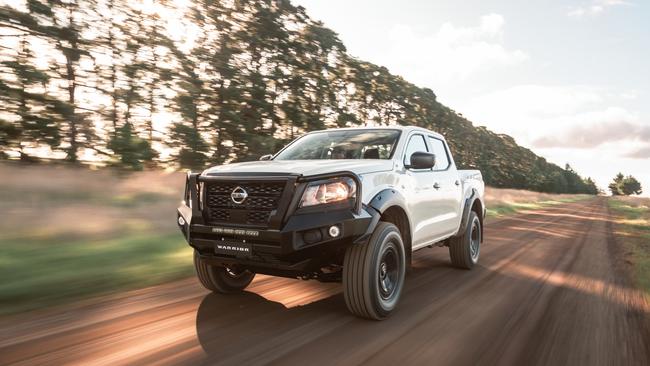
MORE:Elon shocks world with major EV move
The last Navara Warrior I drove had yellow halogen headlights, a plastic steering wheel, dead-ordinary cloth seats and a vinyl floor trim you can clean with a hose. It had an 8-inch touchscreen with no sat nav. The 2.3-litre engine made 140kW of power.
The car costs $58,750 plus on-road costs.
I have the keys to China’s BYD Shark ute right now. It costs $57,900.
It has an incredible hybrid engine that uses less fuel than the Nissan to make more than double the power (321kW, in fact). It has electrically adjustable heated and cooled leather seats.
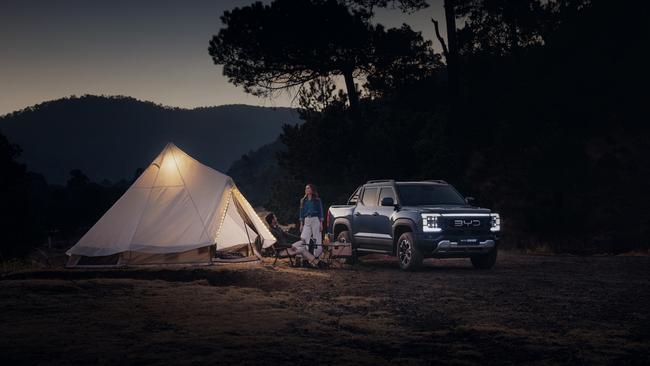
There are three household power outlets in the tray that let you draw power from its enormous battery to power tools on the worksite, or run a fridge and other appliances when you take the kids camping. The floor has carpet.
And you better believe its 15.6-inch touchscreen has sat nav.
For less than what Nissan charges for a stripped-out farm truck.
Hundreds of thousands of people read our story about Nissan’s trouble this week.
Nissan said “we decline to comment on the article written based on the speculation”.
Readers said Nissan has “found every opportunity to fall flat on their own faces”, “it looks like all the legacy car companies are in trouble” and “I bet they wish they had Carlos Ghosn back running the place”.
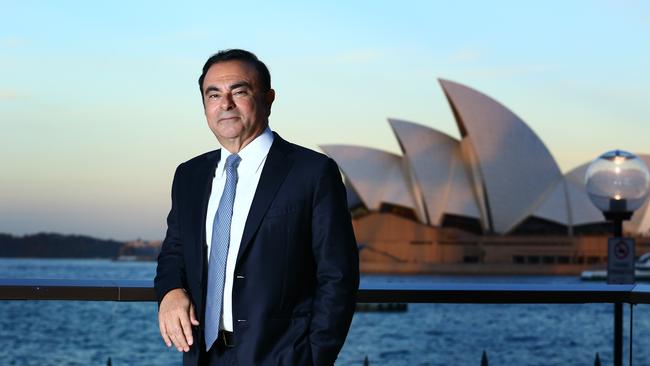
I was called to Sydney’s Park Hyatt hotel in 2017 for a snap press conference with Ghosn, the infamous former Nissan chief executive who escaped embezzlement charges in Japan by being smuggled to Lebanon. He humiliated Nissan’s local leadership with a public dressing down in Sydney.
In a month when the brand moved 6690 cars to capture 4.98 per cent of the market, Ghosn said “I have a hard time understanding why Nissan cannot hold more than six per cent market share in Australia”.
Last month Nissan shifted less than half as many cars to capture half the share Ghosn sought.
I can understand why Nissan is struggling. It’s just not trying hard enough.
And motorists have more choice than ever.
Originally published as Nissan collapse: Real reason car giant is going broke



